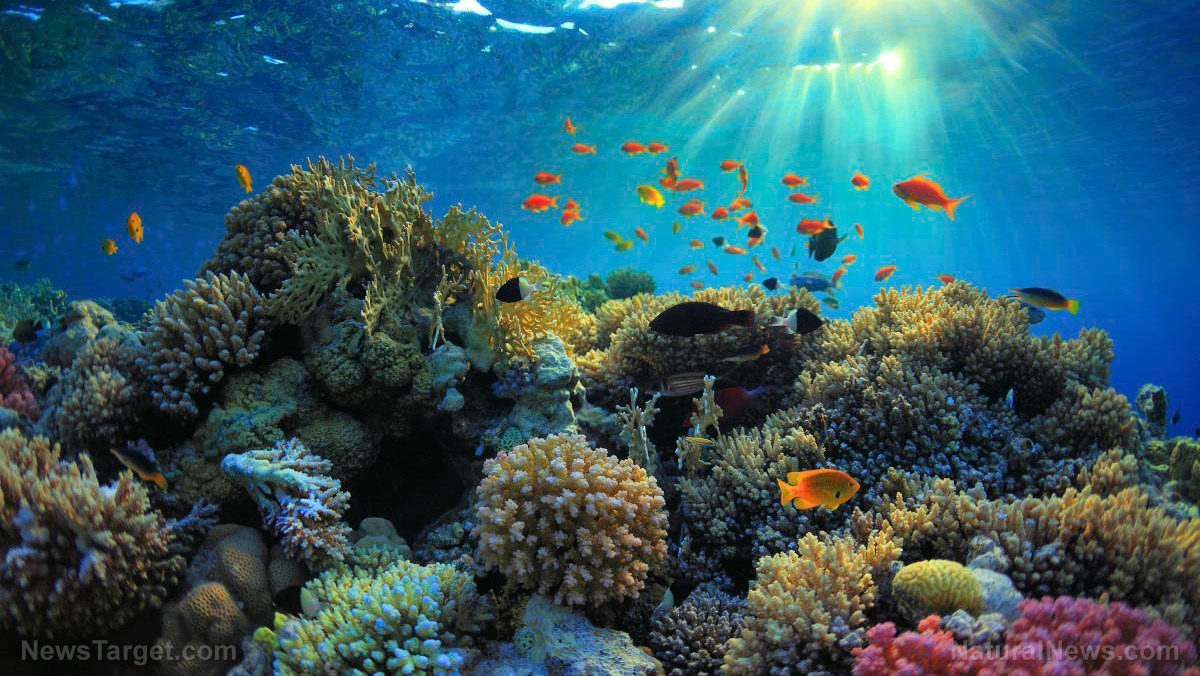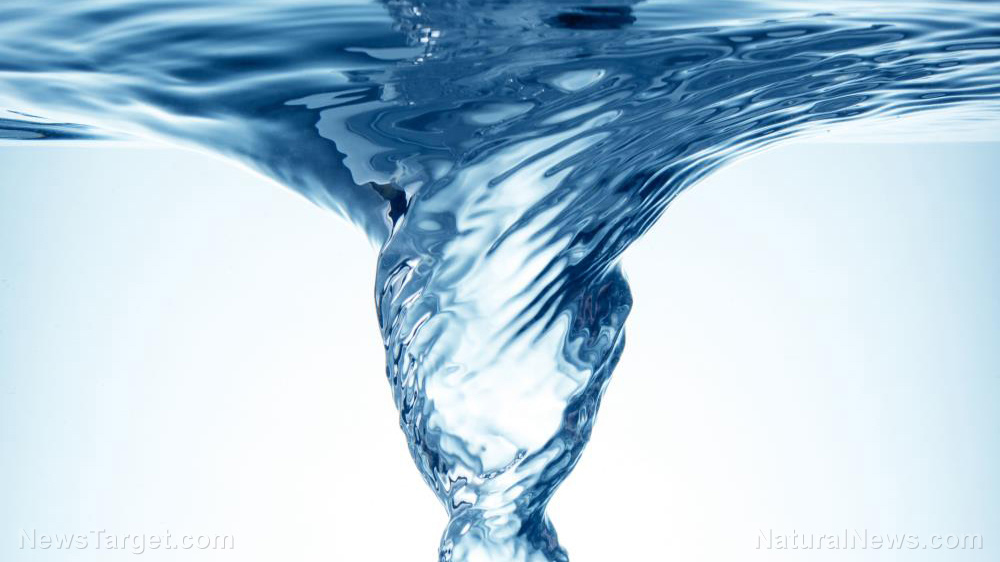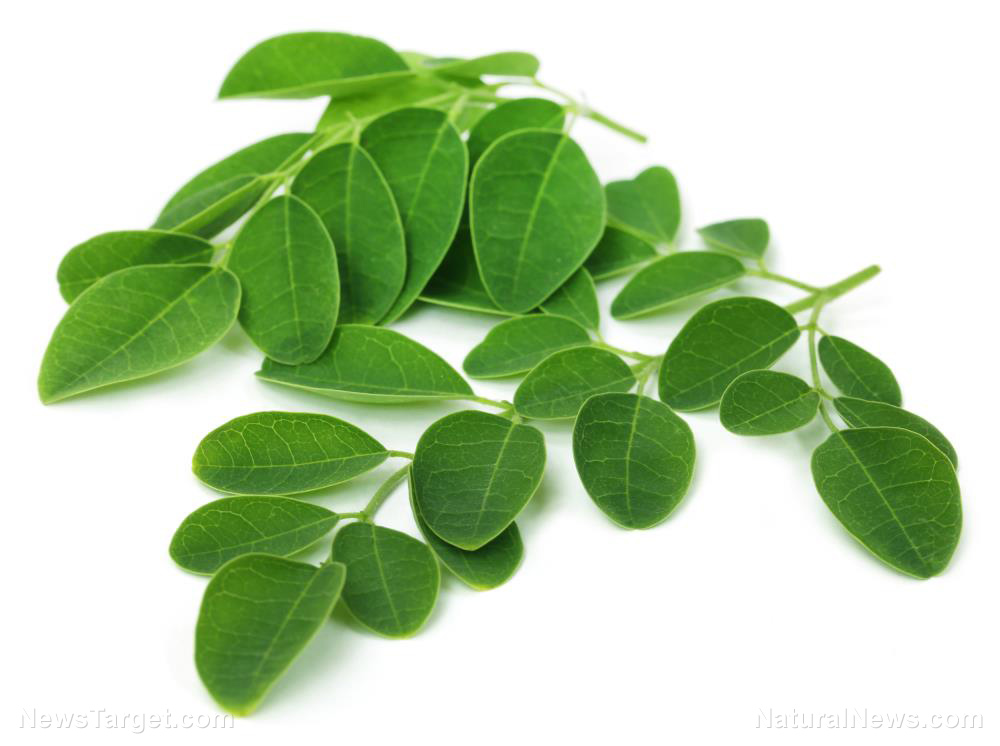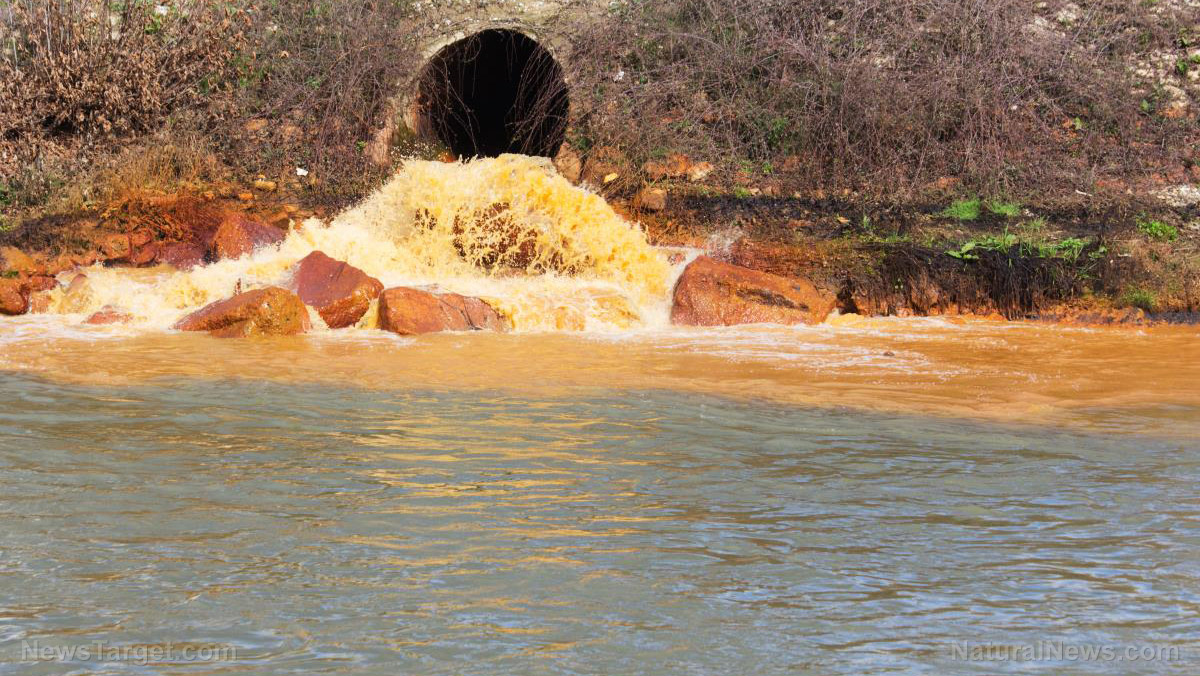Killing the cure? Deep sea habitats hold promise for human health solutions but are being decimated by pollution
08/11/2018 / By Zoey Sky

According to Shirley Pomponi, a marine biotechnology expert, cancer cures could be hiding among deep-sea coral ecosystems. However, these creatures are under threat because of pollution.
Pomponi said that aside from being multicolored specimens, sea sponges are “potentially lifesaving creatures, some of which could hold the complex secrets to cures for cancers and other diseases.”
Pomponi, who is also a research professor and executive director of the Cooperative Institute for Ocean Exploration, Research, and Technology (CIOERT) at Florida Atlantic University’s Harbor Branch Oceanographic Institute, has spent 30 years researching simple organisms called deep-sea sponges which are usually found in coral ecosystems in seas all over the globe.
Sponges can thrive anywhere in the sea such as in the shallows close to shore and thousands of feet below the surface. Both corals and sponges make up unique communities that are natural disease fighters, but these communities are seldom studied and scientists posit that they have crucial properties that are already “producing treatments for some cancers.”
Pomponi explained that although corals and sponges seem primitive, “they have genes, proteins, and metabolic pathways that are similar to ours.”
Corals and sponges hold medical promise, and this is the driving force behind the efforts to conserve their important habitats. Unfortunately, coral ecosystems, which are also home to various sponges, are constantly being threatened by damaging fishing gear, oil and gas development, and dynamic ocean conditions. (Related: Another danger for coral reefs: Plastic trash transports microorganisms that spread disease across the ocean floor.)
Despite the deep sea’s promise for revolutionary medical solutions, scientists won’t harvest corals and sponges for medical uses. Researchers are only going to take samples, which will be used in lab tests that will try to replicate the promising properties that live corals and sponges produce in the wild.
Pomponi shared that it would be “economically and ecologically unrealistic to exploit these habitats” because marine life inhabits corals and sponges, which also serve as their feeding and breeding grounds.”
The natural disease fighters of the sea
Sponges, which have existed in the oceans for 600 million years, have lived through mass extinctions and harsh environmental stresses. They are stationary and their defense mechanism involves unique chemicals.
Scientists have discovered that some of the chemicals sponges produce can fight infection in humans, and these chemicals also protect the territory of sponges by preventing other organisms’ cells from dividing and taking over, just like how drugs halt the spread of cancer in patients.
Pomponi noted that she has never seen a tumor in sponges, despite studying them for over 45 years. She added, “Somehow they make sure cancer cell precursors either repair themselves or die. What we can learn from that could mean a better understanding of how cancer develops in humans—and how we might even prevent it. We can not only tap into their arsenal of chemicals, but also their metabolic pathways for human health applications.”
Scientists have made other significant discoveries using sponges, and these have already resulted in antibiotics and cancer drugs. The skeletons of sponges are also being studied to create ways to grow bone for grafting and dental implants.
Scientists have determined that sea fans, a type of gorgonian coral, possess strong anti-inflammatory chemicals, some soft corals have promising anti-cancer and anti-viral properties, and bamboo corals can also be used in bone grafting.
CIOERT has been investigating the Gulf of Mexico and other parts of the world to study marine-derived chemicals since 1984. While the majority of the Gulf and the rest of the world’s seas remain uncharted, time is running short between those who are exploring the medical promise of marine life and human activities that can eradicate them before a possible cure for cancer is discovered.
Pomponi shared that promising marine life in the Gulf has already been compromised. For example, promising research on melanoma was delayed when scientists who needed additional samples of an important sponge, returned to the site of discovery to find that the area was heavily damaged by trawls and without any trace of the sponges.
Pomponi concluded, “We want to avoid a situation where the environment is damaged and some unique animal that produces a chemical that could cure cancer or other dreaded diseases is destroyed.”
5 ways to help save the ocean
If you want to do your part, follow the tips below to help save the ocean and precious marine life:
- Always bring reusable shopping bags, beverage cups, and food containers to minimize trash that can pollute local waterways and the ocean. Plastic is a major hazard for marine life who mistake it for food or get trapped in it and die.
- Keeping your car tires properly inflated to trim your carbon footprint, prolong the lifespan of your vehicle, and save money spent on gas.
- Eliminate “phantom” energy use from household electronics that draw power even though they’re already switched off. Unplug devices that you’re not using or use a power strip to safely and quickly cut power.
- You can keep the ocean clean by simply using eco-friendly cleaning products such as those with “simple, non-toxic ingredients like vinegar, baking soda, or lemon juice.”
- Consume sustainable seafood. Check out this list of sustainable seafood guides.
You can learn more about findings on coral ecosystems and other environmental concerns at Research.news.
Sources include:
Tagged Under: cancer, cancer cures, cancer treatment, coral reefs, corals, deep sea, deep see habitats, environment, marine ecology, marine ecosystems, marine life, medical research, natural remedies, ocean life, Oceans, research, sponges




















